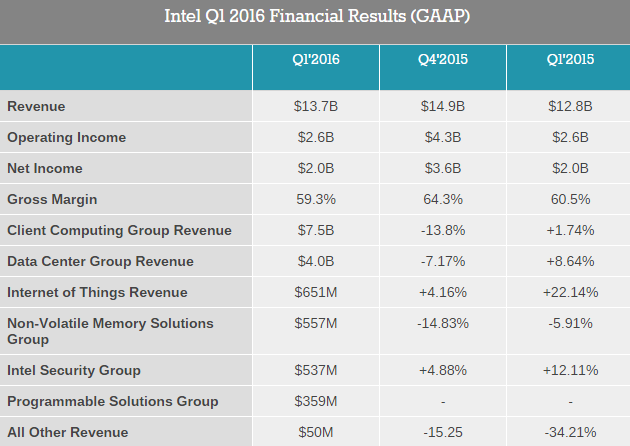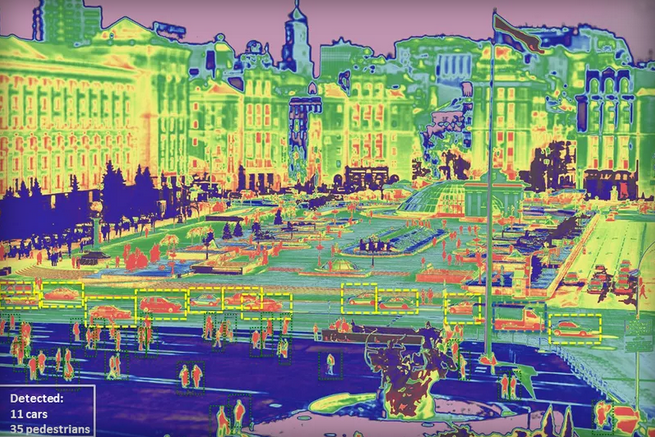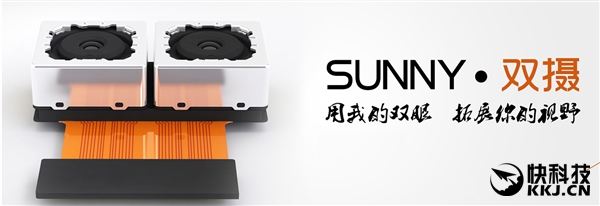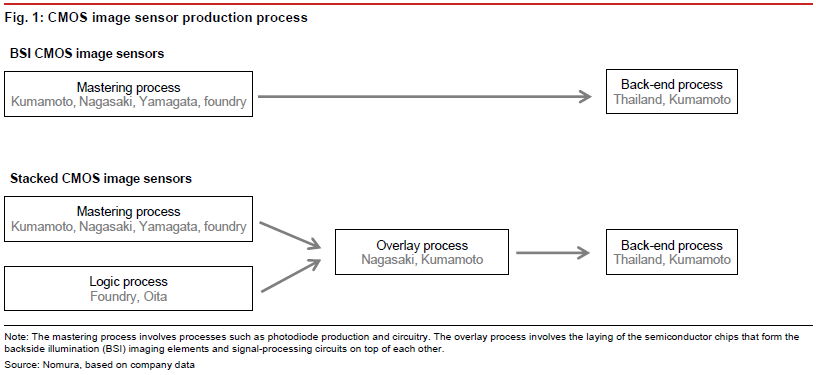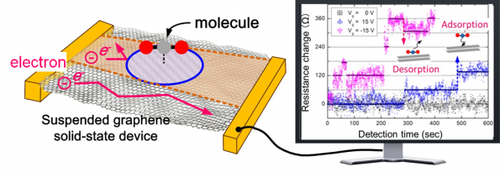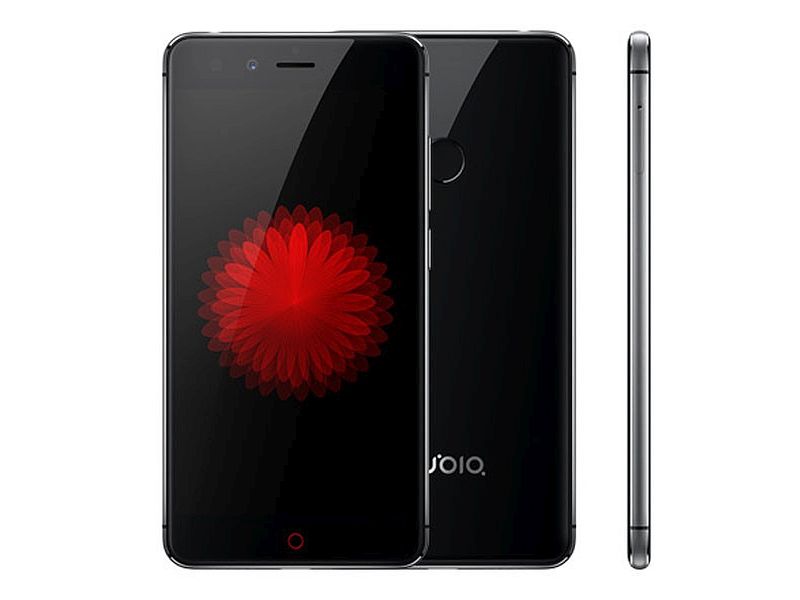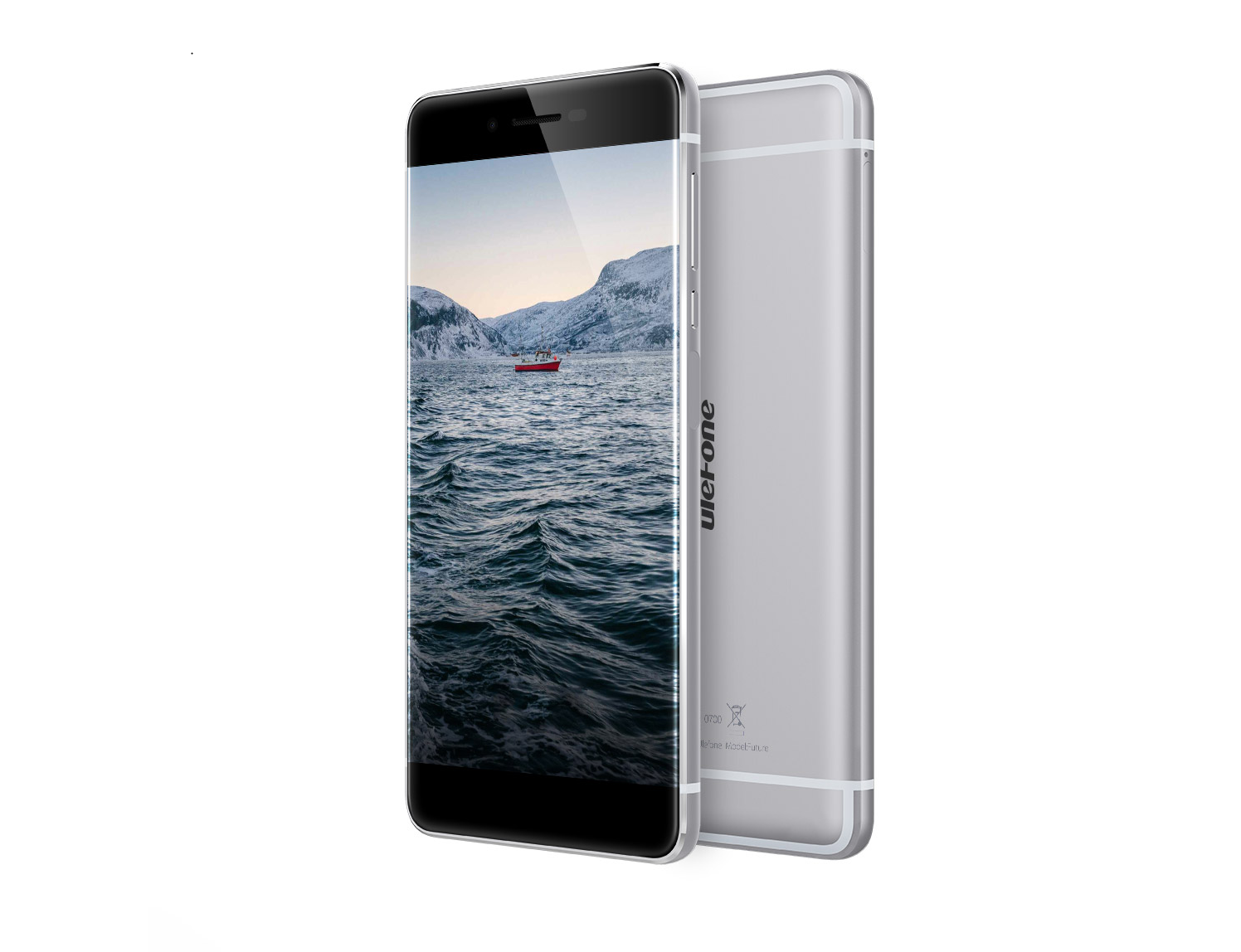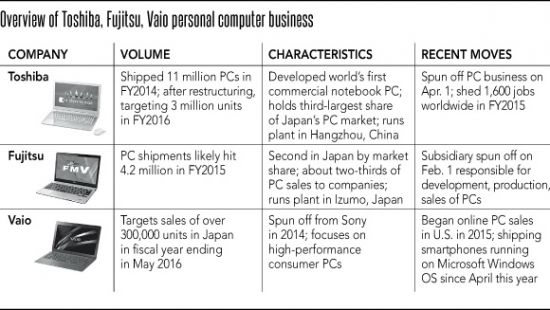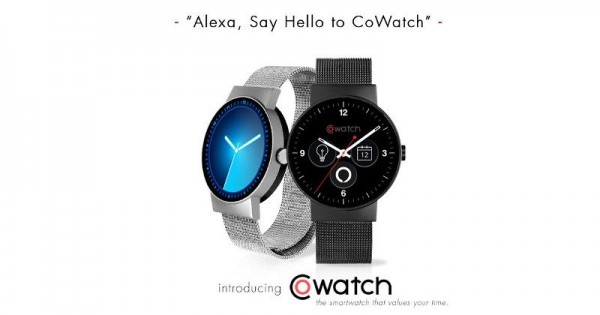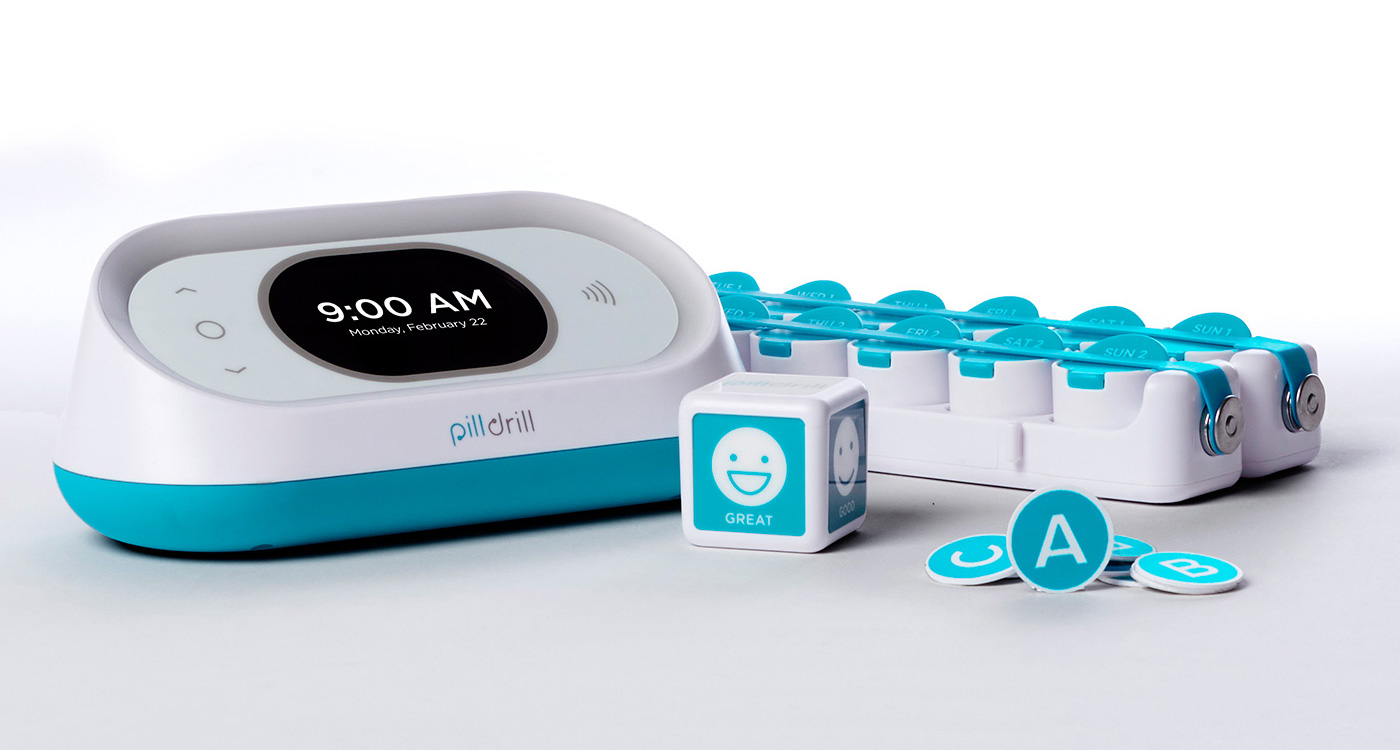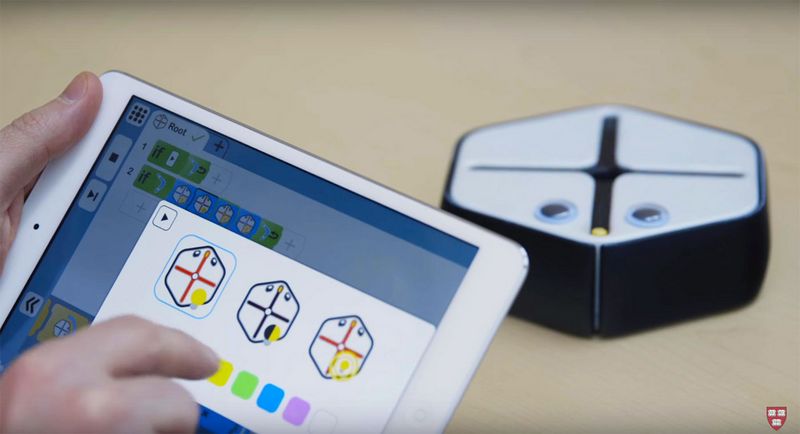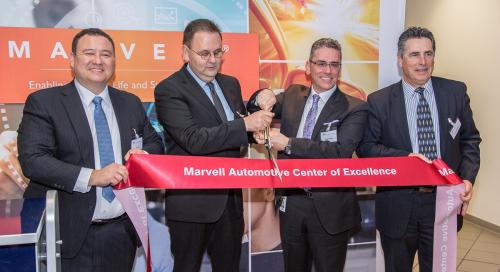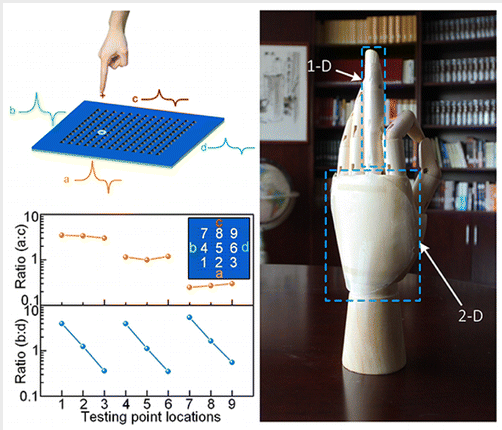
4-21: Toshiba lays off 14450 employees; Out of 300+ China phone brands, half might disappear in one year; ZTE AMOLED is supplied by Samsung, Tianma and Visionox; etc.
Toshiba lays off 14450 employees; TSMC announced in 1H17 production trial of 7nm process; Intel 1Q16 fiscal revenue is USD13.7 billion; Qualcomm 2Q16 fiscal revenue is USD5.55 billion; Korean panel vendors moving OLED business to automotive; ZTE AMOLED is supplied by Samsung, Tianma and Visionox; Out of 300+ China phone brands, half might disappear in one year; etc.
|
Chipset |
| According to IC Insights, 14 product categories—topped by Cellphone Application Processors and Signal Conversion (analog) devices—are expected to exceed the 2% growth rate forecast for the total IC market in 2016. (IC Insights, press) |
| Taiwan Semiconductor Manufacturing Company (TSMC) is scheduled to launch 7nm trial production in 1H17, company chairman Morris Chang said. (Digitimes, press, Digital Trends, iFeng, HC360) |
| Kyocera will begin construction this week on a third manufacturing facility at its Kyoto Ayabe complex in Ayabe City, Kyoto Pref., Japan. The new facility will produce miniaturized, low-profile organic packages to house microelectronic devices. (Far East Gizmos, 591HX, Sohu) |
| Shipments of discrete graphics cards have also been dropping along with the weakening PC shipments, but AMD’s and NVIDIA’s new GPU architectures are expected to help heat up related shipments in 2016. (Digitimes, press) |
| Qualcomm posted 2016 second fiscal quarter revenue of USD5.6 billion compared to USD6.9 billion in the year-ago quarter. Net income was USD1.2 billion. (Market Watch, Qualcomm, 4-Traders, My Drivers, DoNews) |
| Intel has reported 1Q16 GAAP revenue of USD13.7 billion, operating income of USD2.6 billion, net income of USD2.0 billion. Intel reported non-GAAP revenue of USD13.8 billion, operating income of USD3.3 billion, net income of USD2.6 billion. (Digitimes, press, AnandTech, Intel, ZOL) |
|
Display |
| Corning announced “Vibrant Gorilla Glass”, which prints customized designs (including gradient colors and logos) on smartphones, tablets, and notebooks. (Android Headlines, PC Mag, Solo News, Corning, Tencent) |
| Himax enters mass production of in-cell single-chip touch and display driver integrated (TDDI) chips for China smartphone customer. (Digitimes, NASDAQ, 51Touch) |
| LG Display and Samsung Display will turn their attention to the automobile display industry and away from manufacturing television sets to boost profitability of their OLED displays, according to IHS analyst Paul Gray. Gray said carmakers are increasingly using electronics on their dashboards, opening new market opportunities for the world’s leading display makers. (TechNews, Korea Herald, Korea Times) |
| The AMOLED panels of newly announced ZTE V7 MAX and A910 are provided by Samsung, and also China panel vendors Tianma and Visionox. (Sohu, 52RD) |
|
Camera |
| According to Gartner, CMOS image sensor (CIS) revenue grew 8% in 2015. Sony kept the top position in both the CCD and CMOS image sensor markets — not only in revenue, but also in technology especially for smartphones and tablets with backside illumination (BSI) and stacked chip technologies, as well as in image quality. (Gartner report) |
| FLIR and Movidius work together to make a thermal camera core – with FLIR’s thermal imaging technology “Boson camera core” and Movidius’ vision-processing unit Myraid 2 chip. (The Verge, FLIR) |
| Huawei confirms that the P9’s camera module is simply certified by Leica, and that Leica has no hand in developing or producing the camera or its optics. Sunny Optical is behind the camera module. (Ubergizmo, DPreview, Phone Arena, My Drivers) |
| Kumamoto Technology Center is one of Sony’s plants in the devices segment, located in Kikuyo, Kikuchi District, Kumamoto Prefecture. As Sony subsequently decided to invest roughly JPY23 billion in increasing production capacity, Nomura estimate that it is now about 25,000 wafers/month. This would represent 30–40% of the company’s total production capacity for image sensors of 68,000 wafers/month. (Nomura report) |
|
Memory |
| Toshiba is now reported to cut over 14,000 positions in this round of layoffs – 7,610 from CE and PC and 4,590 from semiconductor business. (Nikkei, eTekNix, 163, NBD) |
| Samsung and Apple have inked a storage deal for the first time since the iPhone 5, Samsung’s UFS reportedly might not make it into the iPhone until next year. (TechNews, BGR, ET News) |
|
Sensors |
| Peking University in Beijing has fabricated a smart skin that is self-powered by its frictional contact with the objects that it touches. The smart skin is created out of ultra-thin plastic films and just four electrodes made from silver nanowires. (Digital Trends, Asian Scientist, PhysOrg, Looooker) |
| Scientists from the University of Southampton, in partnership with the Japan Advanced Institute of Science and Technology (JAIST), have developed a graphene-based sensor and switch that can detect harmful air pollution in the home with low power consumption. It detects individual CO2 molecules and volatile organic compound (VOC) gas molecules. (EE Times, Electronics Times, Chinaso, Sohu) |
|
Biometrics |
| Binghamton University suggests brain waves are the new fingerprints, and that our responses to stimuli such as foods, famous people, or words are so unique that they can used to identify us with 100% accuracy. (Digital Trends, IEEE, Science Daily, TechWeb) |
|
Smartphones |
| Smartphones no longer are novelties in China, and most domestic brands target the mid- and low-price ranges, where buyers do not upgrade frequently as those for high-end Apple and Samsung. China’s herd of 300 phone makers may be halved in 12 months by competition, a sales plateau and economic growth that’s the slowest in a quarter-century, according to executives and analysts. (TechNews, Bloomberg, Live Mint) |
| The European Commission has formally filed charges against Google for anti-competitive behavior related to its Android operating system. Google touted the “careful way” it designed Android “in a way that’s good for competition and for consumers”. (CN Beta, PC Mag, Washington Times, The Motley Fool) |
| Google released its 50th Chrome update, and reported that it has passed 1 billion monthly active mobile users. (Digital Trends, Android Central, TechCrunch) |
| ZTE nubia Z11 mini is official – 5” FHD IPS display, Qualcomm Snapdragon 617 MSM8952 processor, 16MP f/2.0 + 8MP cameras, 3GB RAM, 64GB storage, LTE (VoLTE), dual-SIM, 2800mAh battery, CNY1499. (Engadget, 163, IT168, NDTV, Slash Gear) |
| Chinese manufaacturer Ulefone officially launches Future – 5.5” FHD in-cell LTPS bezel-less display, MediaTek Helio P10 processor, 16MP + 5MP cameras, 4GB RAM, 32GB storage, Android 6.0, LTE, dual-SIM, USB Type-C, 3000mAh battery. (Android Headlines, Ulefans) |
| Posh Mobile launches the world’s smallest phone Posh Mobile Micro X S240 – 2.4” 240×432 TFT LCD display, MediaTek MT6752M processor, 512MB RAM, 4GB storage, Android 4.4, 4G HSDPA+, 650mAh battery, USD50. (CN Beta, India, Slash Gear) |
|
Tablets |
| A three-way merger between Fujitsu, Toshiba and VAIO is apparently collapsing. VAIO reportedly left the negotiations, while Toshiba and Fujitsu officials disagree on which vendor will hold a majority stake in a new company. (Sohu, 163, WSJ, eWeek, PC World) |
|
Wearables |
| More than 100 companies in China have stepped into the development of VR devices, focusing on entry-level products initially. (Digitimes, press) |
| CoWatch crowdfunding new smartwatch product, which runs its own Chronologics OS, integrating Amazon Echo’s Alexa – Round 400×400 Super AMOLED Always On Display, dual-core processor (1.3GHz + 300MHz), 1GB RAM, 8GB storage, anti-water spray, compatible with iOS and Android, 300mAh battery. (CN Beta, Slash Gear, The Verge) |
|
Internet of Things |
| PillDrill is a medication tracking device that consists of a hub, a couple of weekly pill strips containing RFID pods, a dozen alphabetical RFID tags for bottles, a “mood cube” and a mobile app. (Engadget, TechNews, PillDrill) |
| A group of roboticists from Harvard’s Wyss Institute created Root: a small hexagonal robot designed to ignite their interest in coding. (Engadget, Harvard, Wired, Jiemodui) |
| Marvell officially opens its automotive networking technology development center, Marvell Automotive Center of Excellence (ACE) in Ettlingen, Germany. (TechNews, EE Focus, Elecfans, PR Newswire, Evertiq) |



